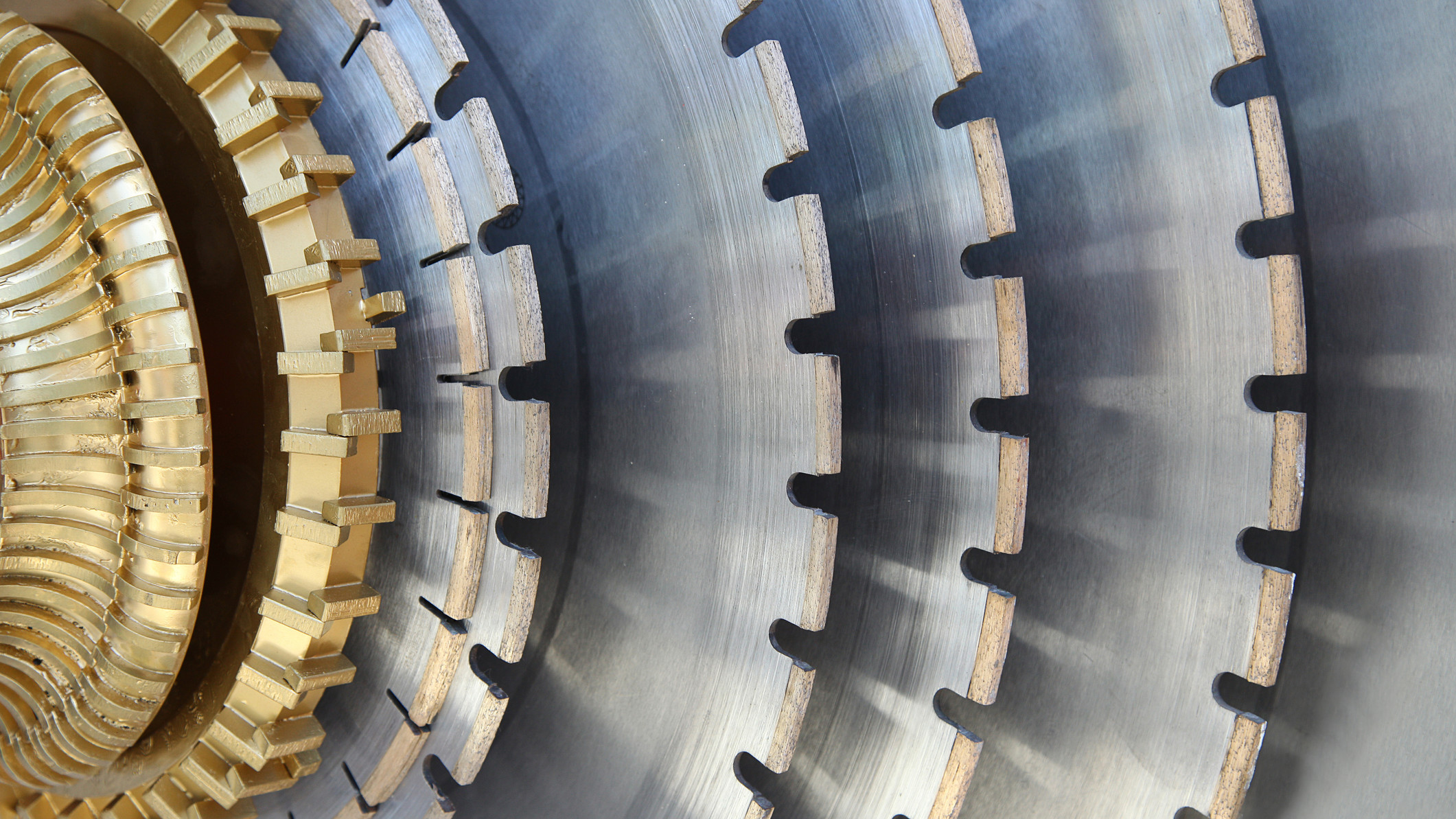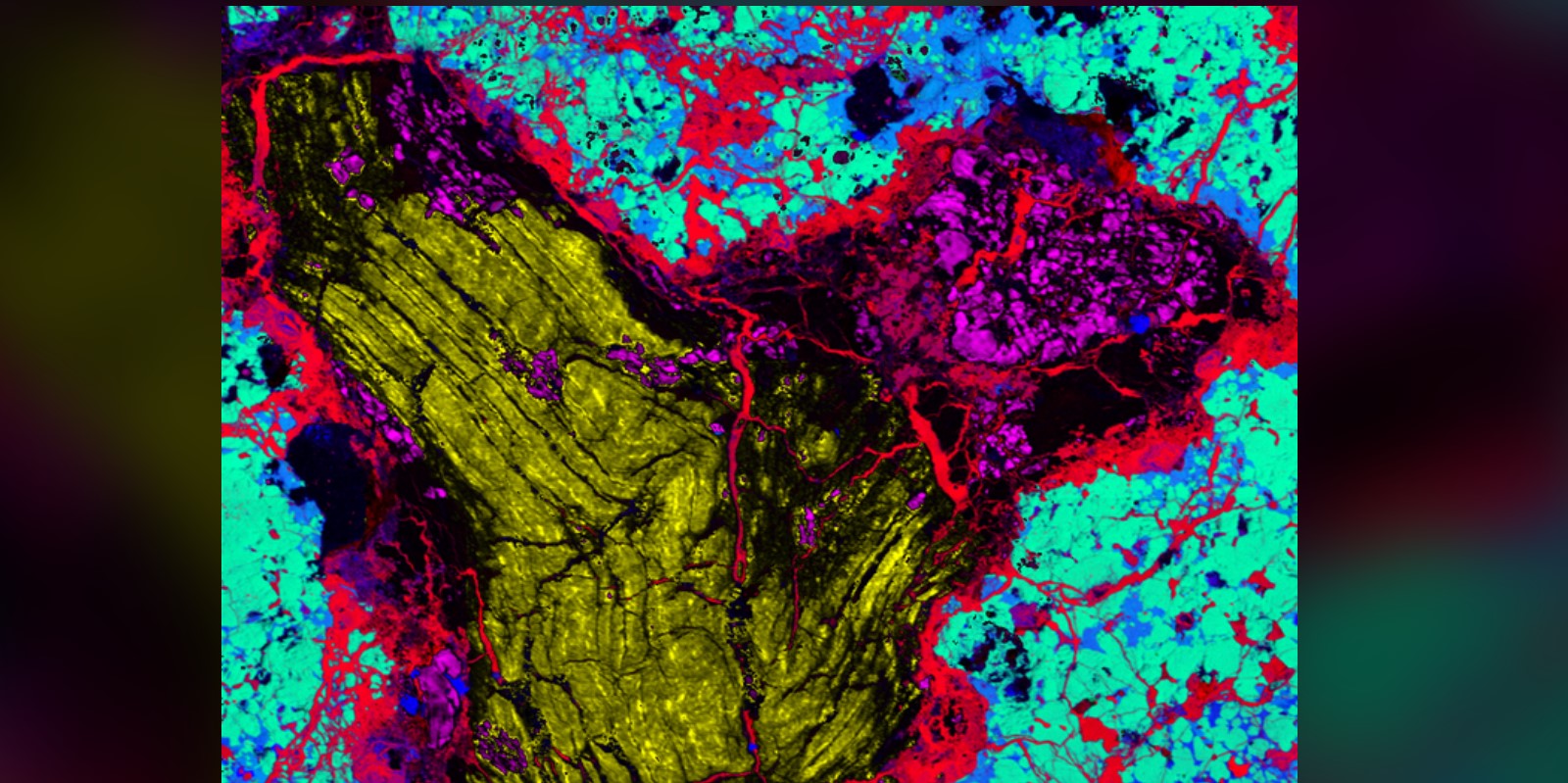Dwarf planet diamonds could hold the key to stronger machine parts for mining

Lonsdaleite could be used to make tiny, ultra-hard machine parts. Pic: ufukvural / iStock / Getty Images Plus via Getty Images.
Scientists say that strange diamonds from an ancient dwarf planet in our solar system could lead to the production of ultra-hard machine parts.
The researchers from Monash University, in collaboration with CSIRO, RMIT University, the Australian Synchrotron, and Plymouth University have confirmed the existence of lonsdaleite – a rare, hexagonal-shaped diamond believed to be much stronger and harder than its more typical cubic cousin – in ureilite meteorites from a dwarf planet’s mantle.
The study provides evidence of lonsdaleite’s formation in nature, offering clues to synthetic production that could make more durable machine parts, which CSIRO scientist Colin MacRae says could have enormous implications for industries like mining.
“If something that’s harder than diamond can be manufactured readily, that’s something industry would want to know about,” MacRae said.

Making tiny, ultra-hard machine parts
Lead study author Professor Andy Tomkins said the current method for producing industrial diamonds involves chemical vapour deposition, in which diamonds are formed onto a substrate from a gas mix at low pressures.
“We propose that lonsdaleite in the meteorites formed from a supercritical fluid at high temperature and moderate pressures, almost perfectly preserving the textures of the pre-existing graphite,” he said.
“Later, lonsdaleite was partially replaced by diamond as the environment cooled and the pressure decreased. Nature has thus provided us with a process to try and replicate in industry.
“We think that lonsdaleite could be used to make tiny, ultra-hard machine parts if we can develop an industrial process that promotes replacement of pre-shaped graphite parts by lonsdaleite.”
Related Topics
UNLOCK INSIGHTS
Discover the untold stories of emerging ASX stocks.
Daily news and expert analysis, it's free to subscribe.
By proceeding, you confirm you understand that we handle personal information in accordance with our Privacy Policy.








